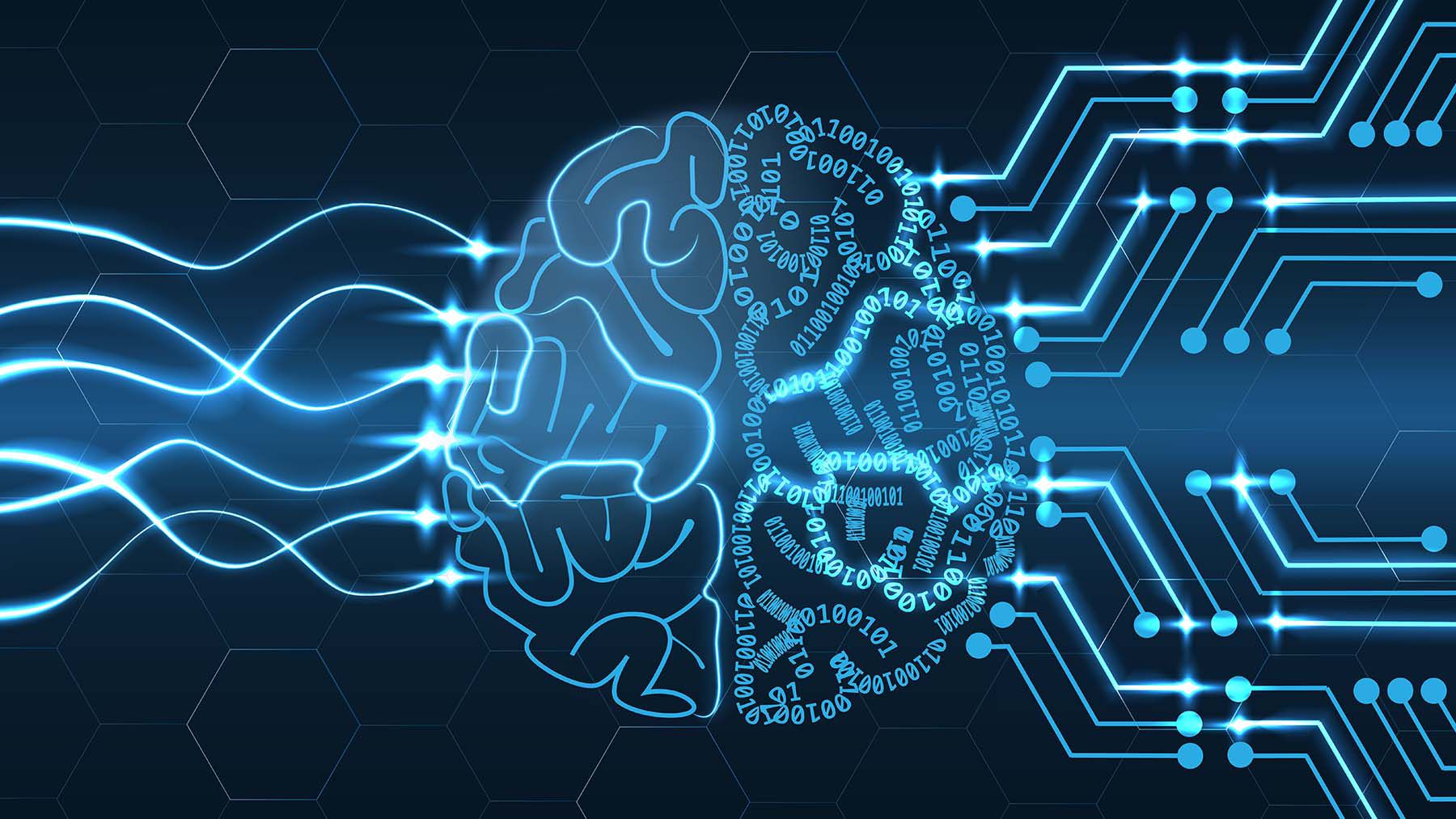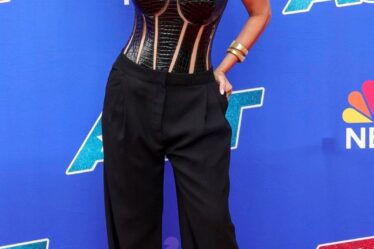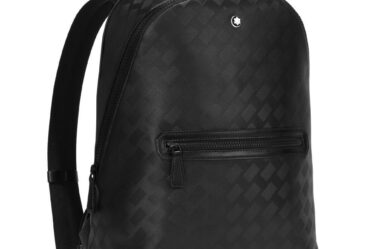
The AI image generator Dall-E Mini is addictive. Type in a description of anything you can imagine — a bottle of ranch dressing testifying in court, Boris Johnson tangled in a net underwater, Eminem as an M&M — and it will conjure visuals to match.
And if you start feeding it the names of fashion designers, this ability to distil a text prompt into imagery is on full display. “Rick Owens” returns human forms draped in black garments that Owens himself could have easily dreamed up. “Dries Van Noten” yields Dall-E Mini’s interpretation of models on a runway dressed in a vivid, Van Noten-esque explosion of prints and colours.
The AI is not only effective at identifying a brand’s key shades but also silhouettes and other signatures. “Thom Browne” gets you a grid of shrunken grey jackets embellished with stripes, for example.
Dall-E Mini creates images based on its understanding of the relationship between words and pixels from analysing pictures online and how they’re labelled. It isn’t perfect. Its depictions come out slightly warped and smudged, adding to the strangeness of the deliberately weird scenes people have compiled. It’s limited by the images it has analysed, too, so if it doesn’t have a large dataset to draw on the resulting visuals can be reductive. (In my tests, “Saint Laurent” mostly means black leather jackets.)
Still, it has an intriguing capacity to capture a designer’s or brand’s essence.
AI remains a long way from becoming the sentient machinery sci-fi writers have imagined. It’s adept at finding the patterns in large volumes of data and in fashion is most often used as a tool for business tasks such as setting prices, predicting customer lifetime value, forecasting demand and quickly reordering hot sellers. On the creative side, though, it’s had less impact.
Dall-E Mini and other experiments suggest that could someday change.
Dall-E Mini’s images tend to be variations on what’s already out there, rather than fresh new ideas. But its ability to mimic a designer caught the attention of online retailer Ssense, which had its Instagram followers guess the brand inspirations in a series of images created with Dall-E Mini, as well as fashion writer Derek Guy, who goes by @dieworkwear on Twitter and first got me toying with the AI.
There’s also a more powerful model, Dall-E 2 — the successor to the original AI launched in 2021 — that the developers have only made accessible to certain users. Its imagery looks far more realistic, opening up the risk of problematic uses like deepfakes, AI-produced images and videos so convincing they’re difficult to identify as frauds. Whether or not it could generate credible imitations of a designer’s work isn’t totally clear, but given the way AI is advancing, it may just be a matter of time before the scenario becomes a reality.
This situation could have a number of consequences if it ever comes to pass. It’s not hard to envision a fast-fashion retailer like Shein using AI to generate its designs. Shein already relies on its suppliers to provide clothing designs that its internal buyers then select from, according to reporting in Chinese-language media. It could conceivably use an AI model to constantly think up new variations on garments for its buyers to choose among. Eventually, even selecting the designs could theoretically be done with AI based on what’s already selling, costs, weather forecasts, trend data and other inputs.
There are debates to be had about whether this would constitute design at all or represents fashion’s further slide into commodity. Some factory design farms are already churning out ideas with little originality or plainly copying the work of others. Is it worse if a machine does it? The AI’s work would still be based on human creativity since it would be producing its new concepts based on past examples. Though it might also blatantly copy existing designs — but then again, so do humans.
AI, however, could open up new avenues of creativity for designers themselves. An artist granted access to the more powerful Dall-E 2 model told Wired he’s been using it to test more new ideas and speed up the creation process. One fashion designer I could imagine using this type of AI to enhance, not replace, her output is Iris Van Herpen, who already leans on technology to design her otherworldly garments. Someone in the vein of Virgil Abloh, sometimes labelled a curator as much as a designer, might find other creative ways to put AI to use.
Levi’s already sees AI as a promising way to support and complement its designers, Katia Walsh, who heads the company’s AI efforts, told me during a recent conversation. Last year, Levi’s design coordinator Ron Pritipaul devised an algorithm that produced a trucker jacket incorporating a print derived from Vincent van Gogh’s “The Starry Night.” While not the most revolutionary product, it shows how AI could “serve up ideas that a designer might not have thought about in the traditional process,” Levi’s said in a blog post at the time. When we spoke, Walsh said she had a dress made from a Starry Night print hanging in her office.
While Levi’s isn’t yet rolling out AI-designed items, the technology is proving useful to the company in more mundane ways. Pritipaul devised AI for colour matching threads, which had a computer performing a normally tedious and time-consuming process in seconds. Walsh said this sort of application of AI frees designers up to do other work.
Some critics might take issue with using AI in design at all, worrying it reduces creativity to mere computing or dooms us to regurgitating old ideas. But AI is just a tool like any other technology. It’s up to humans to decide how to use it, and the potential uses keep growing.



